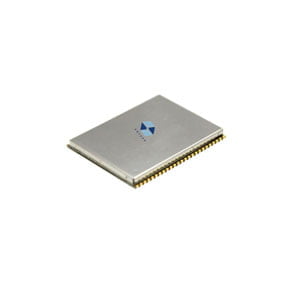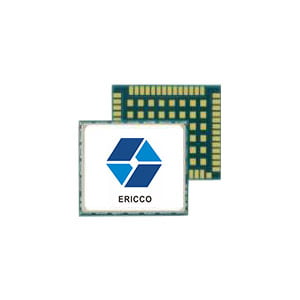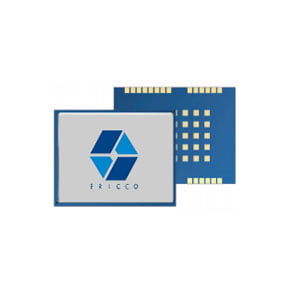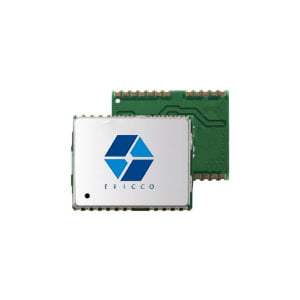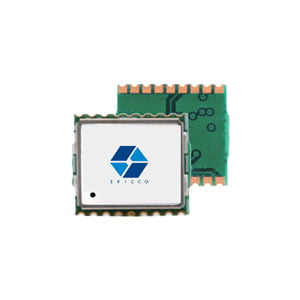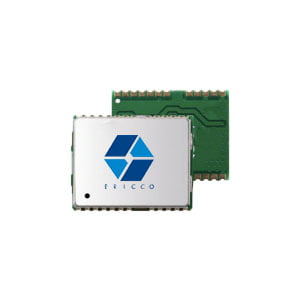The Global Navigation Satellite System (GNSS) has a rich and strategic origin rooted in the efforts of the European Union (EU) to break the monopoly held by the United States in satellite positioning, navigation, and timing. This ambitious venture, initiated in the mid-1990s, aimed to not only gain a competitive edge in the global market but also to generate employment opportunities for Europeans.
The GNSS project unfolded in two distinct phases. The initial step involved the creation of a first-generation global navigation satellite system. Leveraging signals from the American Global Positioning System (GPS) and the Russian Global Navigation Satellite System (GLONASS), this system marked the first stride toward a more diverse and independent global navigation infrastructure.
The second phase, equally significant, sought to establish a second-generation GNSS that would be entirely self-reliant, untethered from the GPS and GLONASS systems. This visionary endeavor materialized into the Galileo satellite navigation and positioning system—a testament to the EU's commitment to technological autonomy and global influence.
Contrary to a common misconception, GNSS is not a singular constellation system but a holistic network encompassing multiple satellite constellations. As of 2023, four global systems are operational: the United States's Global Positioning System (GPS), Russia's Global Navigation Satellite System (GLONASS), China's BeiDou Navigation Satellite System, and the European Union's Galileo. This diverse approach ensures global coverage, reliability, and redundancy, making GNSS an indispensable tool for a wide range of applications.
As technology continues to evolve, GNSS has become a focal point of innovation and investment. Manufacturers, particularly those specializing in GNSS modules, have introduced high-performance GNSS modules to meet the growing demand for accurate and reliable positioning data.
In conclusion, the origin of GNSS represents a pivotal moment in the pursuit of global technological autonomy. The ongoing development of systems like Galileo underscores the commitment to creating a robust and resilient navigation infrastructure that transcends geographical boundaries. The journey of GNSS is a testament to the power of collaboration, innovation, and a shared vision for a connected and navigable world.
I will appreciate it if you find this article helps you a lot. Learn more by reading the following. For more information, please feel free to contact: info@ericcointernational.com
More Technical Questions
1. How to select a GNSS antenna?
2. Equipment Used in GNSS: Navigating Precision and Accuracy
3. Distinctions Between GNSS Receivers and Antennas
5. The Difference and Connection between GPS and GNSS
6. Scientific Farming, With The Help of GNSS
Products in Article
